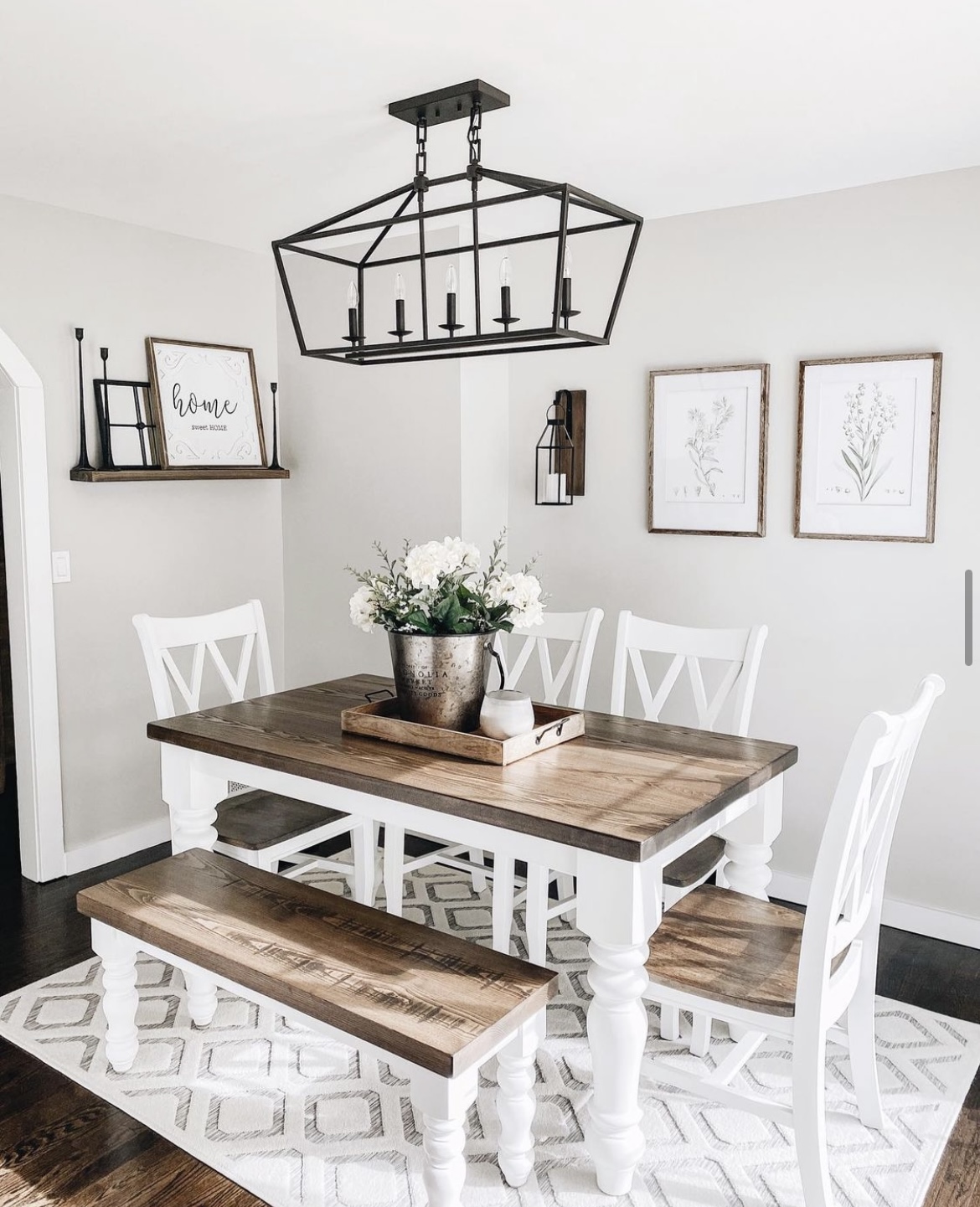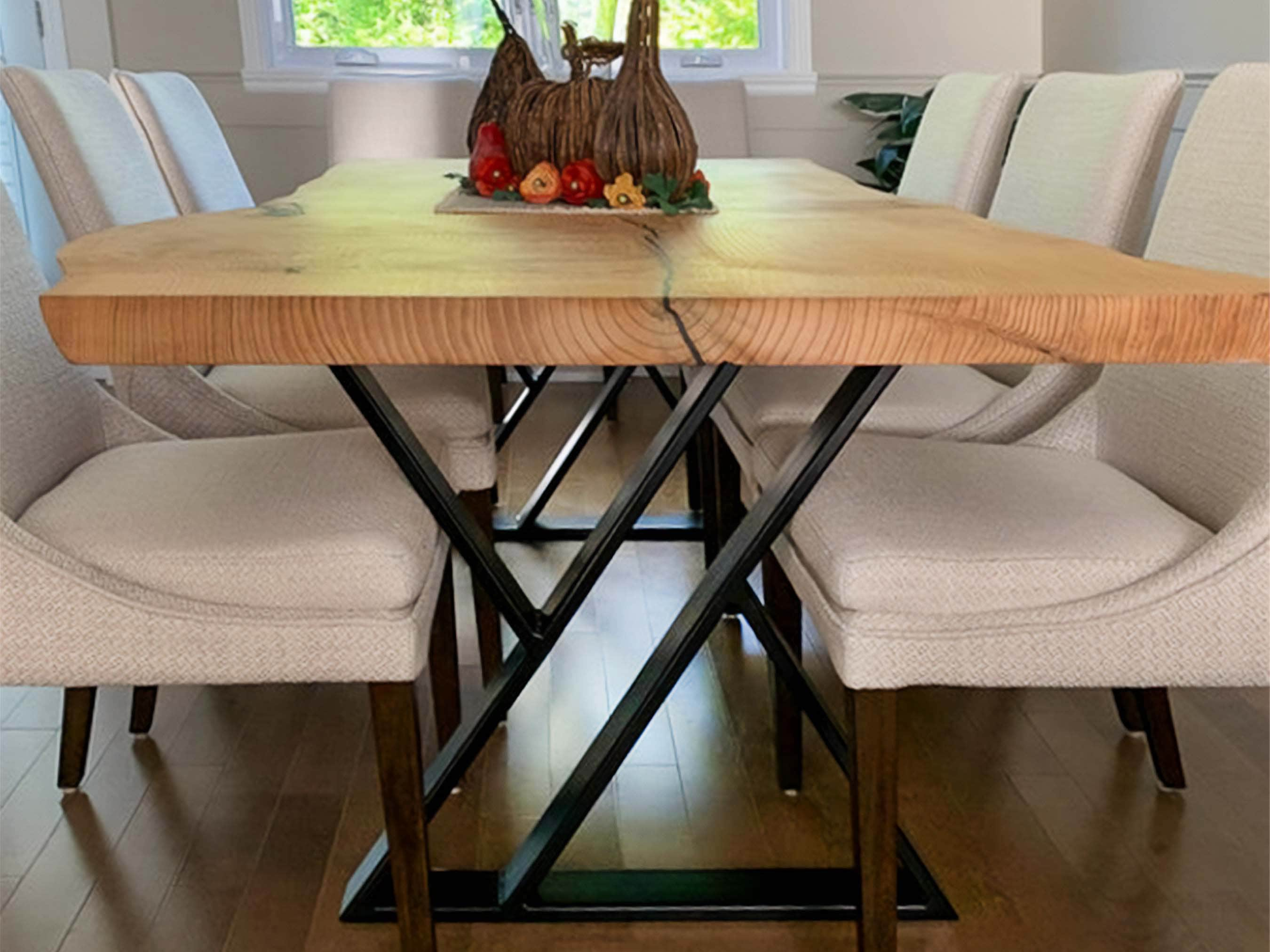Upgrade Your Furniture with Custom Dining Room Table Legs
Upgrade Your Furniture with Custom Dining Room Table Legs
Blog Article
From Conventional to Modern: Find the Suitable Dining-room Table Legs for Your Style
While timeless styles such as cabriole and turned legs stimulate a sense of timeless refinement, contemporary designs like hairpin and geometric options offer a chance for striking visual interest. As you take into consideration these components, the concern continues to be: just how can you seamlessly integrate these diverse leg designs to create an unified dining experience?
Recognizing Table Leg Styles
The range of eating room table leg designs can considerably affect both the aesthetics and performance of the space. Each leg style contributes distinct visual aspects and functional features, accommodating varied design choices and usage needs. Comprehending these designs is vital for selecting the ideal table that lines up with your general interior design vision.
For instance, tapered legs offer a clean, traditional appearance that can boost a space's elegance, while stand bases offer security and make the most of legroom, making them suitable for smaller areas. Barrette legs, a trademark of mid-century modern style, present an industrial flair, enabling an airy, open feel. Similarly, trestle legs evoke rustic charm, providing robust assistance and a sense of timelessness.
Furthermore, the option of products plays a substantial function. Wooden legs can bring warmth and structure, whereas steel options frequently convey a smooth, modern ambiance. Eventually, recognizing table leg styles is important for creating a natural eating location that mirrors personal style while guaranteeing functionality and convenience. By attentively considering these elements, you can improve both the practical and visual appeal of your dining area.
Standard Table Leg Options
When choosing eating area table legs, conventional choices frequently personify classic sophistication and craftsmanship. These layouts reflect a rich heritage and a commitment to quality, making them perfect for those who value timeless appearances.
One of one of the most legendary traditional leg designs is the cabriole leg, identified by its graceful rounded shape. This design typically includes decorative carvings and is most commonly found in Queen Anne and Chippendale furnishings. An additional popular option is the turned leg, which flaunts a collection of smooth, rounded shapes that provide a classic look while preserving security.
Additionally, the straight leg, while straightforward, provides a basic and durable structure that can mix effortlessly with a selection of tabletop styles. For those drawn to ornate outlining, claw-and-ball feet legs stimulate a sense of grandeur and can function as a spectacular prime focus in any dining space.
Last but not least, pedestal bases, although not strictly legs, give a different traditional alternative that enables ample legroom and can be beautifully carved. Each of these traditional leg designs adds to the overall setting of a dining-room, weding function with visual charm.

Modern Table Leg Designs
Modern table leg designs supply a diverse array of styles that emphasize ingenious products and clean lines. These layouts frequently focus on performance while acting as striking focal points within a dining room. Minimalist aesthetic appeals prevail, with legs crafted from products such as steel, glass, and engineered wood, which add to a airy and modern feeling.
One popular layout is the barrette leg, characterized by its slender, tapered framework that offers stability without frustrating the tabletop (dining room table legs). This style is often found in mid-century modern-day furnishings and Go Here can easily complement numerous dining table shapes. Another trend is using geometric shapes, where legs might handle angular or asymmetrical types, including visual passion and a touch of artistry

Blending Designs for One-of-a-kind Spaces
Frequently, house owners seek to develop one-of-a-kind eating spaces that show their personal design by blending numerous layout components. This method enables the consolidation of diverse visual appeals, causing an unified yet distinct environment. As an example, combining a rustic wood table with sleek, modern metal legs can produce an attractive contrast that boosts the space's total allure.
In addition, incorporating vintage table legs with modern table tops can evoke a feeling of history while preserving a contemporary sensibility. Such mixes not just display individual preference however also motivate creative thinking, allowing property owners to curate an area that really feels both personal and inviting.
Color plays a vital role in this mixing procedure; selecting table legs that complement or contrast with the existing color design can boost visual passion. Whitewashed legs can soften the boldness of a dark table surface area, developing a well balanced visual.
Tips for Picking the Right Legs
Selecting the right table legs is important for accomplishing both capability and visual allure in your dining area. Begin by considering the total style of your area. Typical settings gain from legs that include complex makings or turned designs, while contemporary areas might call for streamlined, minimalist designs.
Following, assess the elevation and stability of the legs. dining room table legs. Basic table vary between 28 to 30 inches in elevation, so ensure the legs enhance this click for more info measurement for convenience. In addition, durable materials, such as wood or metal, can improve stability and durability
Examine the leg form as well-- options include straight, tapered, or pedestal layouts. Straight legs supply a timeless look, while tapered legs can include a touch of elegance. Pedestal bases provide enough legroom and are excellent for smaller spaces.
Final Thought
In recap, choosing the suitable dining-room table legs requires mindful websites factor to consider of both conventional and modern-day designs. Typical options such as cabriole and transformed legs provide classic style, while modern styles like hairpin and geometric shapes supply a contemporary touch. By harmonizing leg style, elevation, and product with the total design, a cohesive and inviting environment can be achieved. Eventually, the picked table legs need to mirror the desired visual, enhancing the dining experience within the area.
The variety of eating room table leg styles can substantially affect both the aesthetics and performance of the space. Ultimately, recognizing table leg designs is important for producing a cohesive dining area that shows personal design while making sure functionality and convenience.One of the most renowned standard leg designs is the cabriole leg, identified by its elegant bent form. Straight legs offer a classic look, while conical legs can add a touch of elegance.In summary, selecting the perfect dining room table legs needs mindful consideration of both conventional and contemporary designs.
Report this page